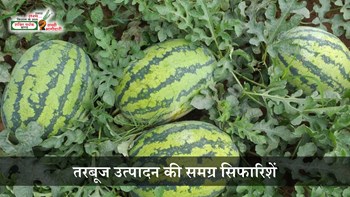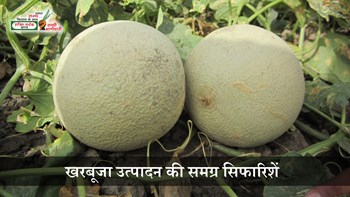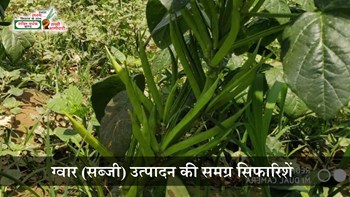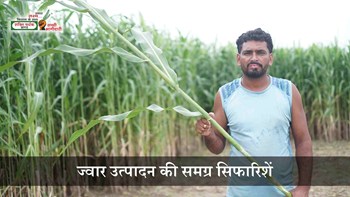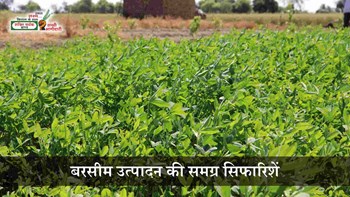1. Selecting the Right Variety
Choosing a high-yielding and disease-resistant variety suitable for your agro-climatic region is the first step toward success. Some popular improved varieties include:
- PM-5, SML-668, Pusa Vishal, and IPM 02-3 (Kanchan)
- These varieties offer good resistance to Yellow Mosaic Virus (YMV) and are known for uniform maturity and higher pod formation.
2. Land Preparation and Soil Health
Moong thrives in well-drained loamy soils with a pH of 6.0–7.5. Proper land preparation helps in good root development:
- Perform 2-3 ploughings followed by harrowing to achieve a fine tilth.
- Add well-decomposed FYM or compost (5-10 tons/ha) before sowing to improve soil fertility.
- Use Rhizobium and PSB (Phosphate Solubilizing Bacteria) inoculation to enhance nitrogen fixation and phosphorus uptake.
3. Sowing Time and Method
Timely sowing ensures optimal use of natural resources and reduces pest attacks:
- Kharif season: Sowing during June–July
- Rabi season: Sowing from October–November
- Summer season: Sowing in February–March after the harvest of wheat or potato
Spacing: Use row-to-row spacing of 30 cm and plant-to-plant spacing of 10 cm.
Seed Rate: About 15–20 kg/ha, depending on seed size.

4. Irrigation Management
Moong requires minimal water but responds well to critical-stage irrigation:
- First irrigation at 20–25 days after sowing (flower initiation)
- Second irrigation during pod formation
- Avoid waterlogging, especially during the early stages.
5. Nutrient Management
Though a legume, moong responds positively to balanced fertilization:
- Basal dose: Apply 15–20 kg N and 40–50 kg P₂O₅ per hectare at the time of sowing.
- Use biofertilizers like Rhizobium and PSB to minimize chemical fertilizer usage.
Conclusion
With the right combination of seed selection, timely sowing, nutrient management, and pest control, moong cultivation can be significantly more productive and profitable. By adopting these best practices, farmers not only boost their yields but also contribute to soil health and sustainable farming systems.

